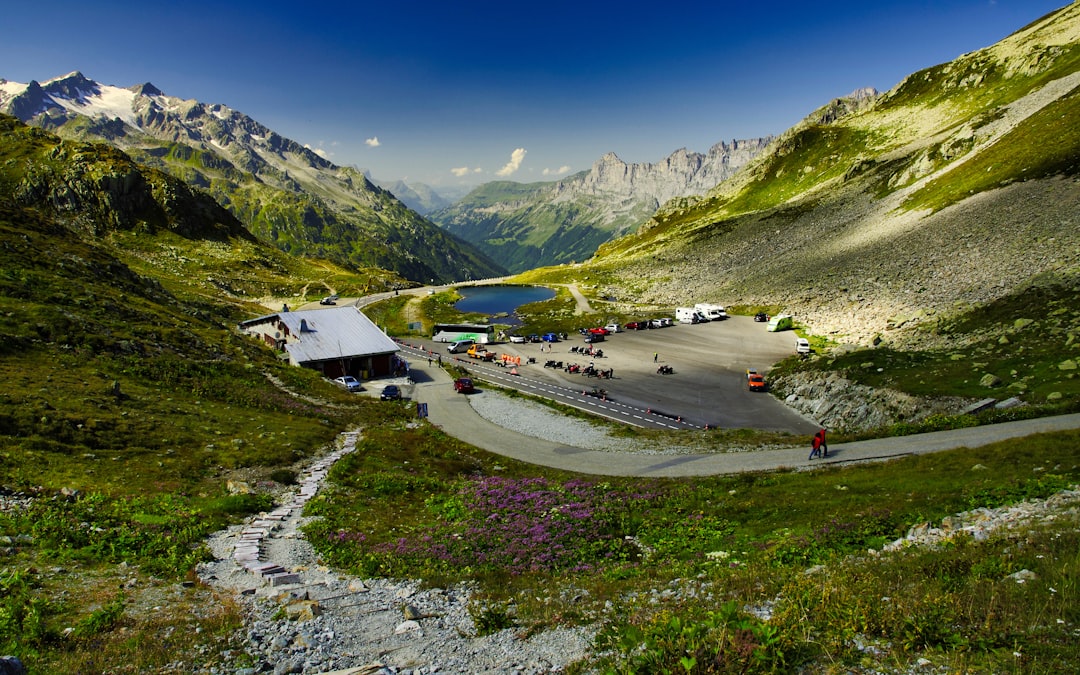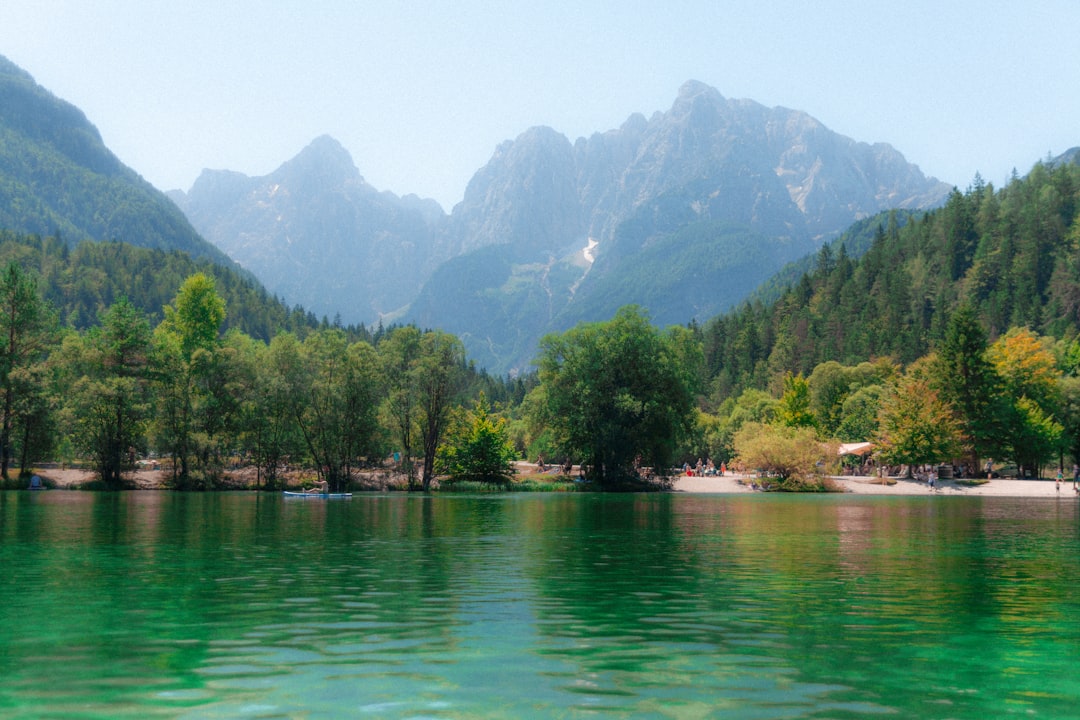In a world dominated by technology and urban chaos, the allure of nature has never been more appealing.
Eco-friendly mountain retreats offer an escape from the hustle and bustle, allowing travelers to reconnect with the Earth in serene and sustainable surroundings. These retreats not only provide breathtaking views and fresh air but also emphasize environmental responsibility, making them perfect for the eco-conscious traveler. Whether it’s a cozy cabin nestled in the woods or a luxurious lodge with stunning mountain vistas, these destinations promise rejuvenation for both the body and soul. This guide explores some of the best eco-friendly mountain retreats, practical travel tips, and how to make the most of your nature getaway.

Choosing the Right Eco-Friendly Mountain Retreat
When selecting an eco-friendly mountain retreat, consider factors such as location, amenities, and sustainability practices. Popular destinations include the Rocky Mountains in Colorado, the Sierra Nevada in California, and the Appalachian Mountains in the eastern United States. Each region offers unique experiences, from hiking and skiing to wildlife watching and stargazing.
Look for accommodations that prioritize sustainability, such as those using renewable energy sources, offering organic meals, or participating in local conservation efforts. For example, the Tenaya Lodge at Yosemite not only provides luxurious lodging but also emphasizes eco-friendly practices, including a commitment to reducing waste and conserving water. Prices for such retreats typically range from $150 to $500 per night, depending on the season and amenities.
Activities to Embrace Nature
Eco-friendly mountain retreats often provide a plethora of activities that allow guests to immerse themselves in nature. Hiking is a staple, with trails ranging from easy walks to challenging climbs. For instance, the Great Smoky Mountains National Park features over 800 miles of trails, offering something for everyone. Guided nature walks and birdwatching tours are also popular, allowing visitors to learn about local flora and fauna.
In winter, many retreats transform into ski resorts, offering eco-conscious skiing and snowboarding options. The Whiteface Lodge in Lake Placid, New York, provides an eco-friendly skiing experience with a focus on minimizing environmental impact. Prices for ski passes can vary, typically ranging from $50 to $150 per day, depending on the resort.

Dining Sustainably
Dining at eco-friendly mountain retreats often means enjoying fresh, locally sourced meals. Many resorts have on-site restaurants that prioritize organic ingredients and sustainable practices. For example, the Post Ranch Inn in Big Sur, California, offers a farm-to-table dining experience with breathtaking ocean views. Guests can expect to pay around $100 per person for a multi-course meal, but the experience is well worth the price.
Additionally, some retreats provide cooking classes focused on local cuisine, allowing travelers to learn about sustainable cooking practices while enjoying delicious food. This not only enhances the travel experience but also promotes a deeper connection to the local culture and environment.
Transportation and Accessibility

Getting to eco-friendly mountain retreats can vary depending on the location. Many resorts are accessible by car, while others may require a combination of air travel and local transportation. For instance, flying into Denver International Airport is a common route for those heading to the Rocky Mountains. From there, renting a car is advisable, with rental prices averaging around $50 per day.
For those who prefer public transportation, check if the retreat offers shuttle services from nearby airports or bus stations. Some resorts are also located near train stations, providing an eco-friendly travel option. Always plan ahead and consider the environmental impact of your transportation choices.
Planning Your Eco-Friendly Getaway
To make the most of an eco-friendly mountain retreat, planning is essential. Consider the best time to visit based on the activities you wish to enjoy. For hiking and outdoor activities, late spring to early fall is ideal, while winter months are perfect for skiing and snowboarding.
Pack appropriately for the season, ensuring to include layers, sturdy footwear, and eco-friendly toiletries. Many retreats promote a no-waste policy, so bringing reusable water bottles and bags is encouraged. Additionally, familiarize yourself with local customs and practices to enhance your experience and show respect for the environment and community.
Conclusion
Eco-friendly mountain retreats provide a unique opportunity to escape the chaos of daily life and reconnect with nature. By choosing sustainable accommodations, engaging in local activities, and embracing wellness practices, travelers can enjoy a fulfilling experience that benefits both the individual and the planet. With careful planning and consideration, your next getaway can be a harmonious blend of adventure, relaxation, and environmental stewardship.
Frequently Asked Questions
What’s the best time of year to visit eco-friendly mountain retreats?
The best time to visit varies by location and desired activities. For hiking and outdoor adventures, late spring to early fall (May to September) is ideal, offering pleasant weather and vibrant scenery. For winter sports, plan your visit between December and March when snow conditions are optimal. Always check local weather patterns to ensure a comfortable experience.
How much should I budget for this trip?
Budgeting for an eco-friendly mountain retreat can vary significantly based on location and activities. On average, expect to spend between $150 to $500 per night for accommodations. Dining can range from $20 for casual meals to $100 for fine dining experiences. Activities like skiing or guided tours may add an additional $50 to $150 per day. Overall, a budget of $1,000 to $2,500 for a week-long trip is reasonable, depending on personal preferences.
What should I pack for a mountain retreat?
Pack layers to accommodate changing weather conditions, including moisture-wicking base layers, insulating mid-layers, and waterproof outer layers. Sturdy hiking boots are essential for outdoor activities, while flip-flops or sandals are great for lounging at the retreat. Don’t forget eco-friendly toiletries, reusable water bottles, and a good camera to capture the stunning landscapes.
Are there safety concerns when visiting mountain retreats?
While mountain retreats are generally safe, it’s important to be aware of potential hazards. Always inform someone of your plans when hiking, and carry a map or GPS device. Be cautious of wildlife and follow local guidelines regarding encounters. Additionally, familiarize yourself with altitude sickness symptoms if traveling to high elevations, and stay hydrated.
How can I get to my chosen retreat?
Accessing eco-friendly mountain retreats typically involves a combination of air travel and local transportation. Many resorts are reachable by car, while others may offer shuttle services from nearby airports. Renting a car is often the most flexible option, allowing you to explore the surrounding areas. Check the retreat’s website for specific transportation options and recommendations.
What local customs should I be aware of?
Respecting local customs is crucial when visiting mountain communities. Familiarize yourself with any specific environmental practices, such as waste disposal and wildlife protection. Additionally, support local businesses by purchasing handmade crafts or dining at local restaurants. Engaging with the community can enhance your experience and promote sustainable tourism.
Any insider tips for an unforgettable experience?
To make the most of your eco-friendly mountain retreat, consider booking activities in advance, especially during peak seasons. Engage with local guides for unique insights and experiences, and don’t hesitate to ask for recommendations from retreat staff. Lastly, take time to disconnect from technology and immerse yourself in the natural surroundings for a truly rejuvenating experience.


















